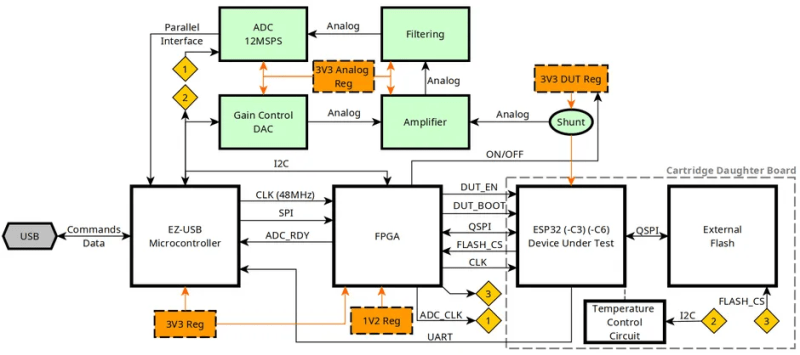Researchers have trained a ML model to detect keystrokes by sound with 95% accuracy.
“A Practical Deep Learning-Based Acoustic Side Channel Attack on Keyboards”
Abstract: With recent developments in deep learning, the ubiquity of microphones and the rise in online services via personal devices, acoustic side channel attacks present a greater threat to keyboards than ever. This paper presents a practical implementation of a state-of-the-art deep learning model in order to classify laptop keystrokes, using a smartphone integrated microphone. When trained on keystrokes recorded by a nearby phone, the classifier achieved an accuracy of 95%, the highest accuracy seen without the use of a language model. When trained on keystrokes recorded using the video-conferencing software Zoom, an accuracy of 93% was achieved, a new best for the medium. Our results prove the practicality of these side channel attacks via off-the-shelf equipment and algorithms. We discuss a series of mitigation methods to protect users against these series of attacks…
Continue reading Using Machine Learning to Detect Keystrokes→
